|
Many of us are between 65 and death, i.e. old. My friend sent me this excellent list for aging . . . and I have to agree it's good advice to follow. The guy who sent this hi-lighted #19.
1. It’s time to use the money you saved up. Use it and enjoy it. Don’t just keep it for those who may have no notion of the sacrifices you made to get it. Remember there is nothing more dangerous than a son or daughter-in-law with big ideas for your hard-earned capital. Warning: This is also a bad time for investments, even if it seems wonderful or fool-proof. They only bring problems and worries. This is a time for you to enjoy some peace and quiet. 2. Stop worrying about the financial situation of your children and grandchildren, and don’t feel bad spending your money on yourself. You’ve taken care of them for many years, and you’ve taught them what you could. You gave them an education, food, shelter and support. The responsibility is now theirs to earn their own money. 3. Keep a healthy life, without great physical effort. Do moderate exercise (like walking every day), eat well and get your sleep. It’s easy to become sick, and it gets harder to remain healthy. That is why you need to keep yourself in good shape and be aware of your medical and physical needs. Keep in touch with your doctor, do tests even when you’re feeling well. Stay informed. 4. Always buy the best, most beautiful items for your significant other. The key goal is to enjoy your money with your partner. One day one of you will miss the other, and the money will not provide any comfort then, enjoy it together 5. Don’t stress over the little things. Like paying a little extra on price quotes. You’ve already overcome so much in your life.You have good memories and bad ones, but the important thing is the present. Don’t let the past drag you down and don’t let the future frighten you. Feel good in the now. Small issues will soon be forgotten. 6. Regardless of age, always keep love alive. Love your partner, love life, love your family, love your neighbor and remember: “A man is not old as long as he has intelligence and affection.” 7. Be proud, both inside and out. Don’t stop going to your hair salon or barber, do your nails, go to the dermatologist and the dentist, keep your perfumes and creams well stocked. When you are well-maintained on the outside, it seeps in, making you feel proud and strong. 8. Don’t lose sight of fashion trends for your age, but keep your own sense of style. There’s nothing worse than an older person trying to wear the current fashion among youngsters. You’ve developed your own sense of what looks good on you – keep it and be proud of it. It’s part of who you are. 9. ALWAYS stay up-to-date. Read newspapers, watch the news. Go online and read what people are saying. Make sure you have an active email account and try to use some of those social networks. You’ll be surprised what old friends you’ll meet. Keeping in touch with what is going on and with the people you know is important at any age. 10. Respect the younger generation and their opinions. They may not have the same ideals as you, but they are the future, and will take the world in their direction. Give advice, not criticism, and try to remind them that yesterday’s wisdom still applies today. 11. Never use the phrase: “In my time.” Your time is now. As long as you’re alive, you are part of this time. You may have been younger, but you are still you now, having fun and enjoying life. 12. Some people embrace their golden years, while others become bitter and surly. Life is too short to waste your days on the latter. Spend your time with positive, cheerful people, it’ll rub off on you and your days will seem that much better. Spending your time with bitter people will make you older and harder to be around. 13. Do not surrender to the temptation of living with your children or grandchildren (if you have a financial choice, that is). Sure, being surrounded by family sounds great, but we all need our privacy. They need theirs and you need yours. If you’ve lost your partner (our deepest condolences), then find a person to move in with you and help out. Even then, do so only if you feel you really need the help or do not want to live alone. 14. Don’t abandon your hobbies. If you don’t have any, make new ones. You can travel, hike, cook, read, dance. You can adopt a cat or a dog, grow a garden, play cards, checkers, chess, dominoes, golf. You can paint, volunteer or just collect certain items. Find something you like and spend some real time having fun with it. 15. Even if you don’t feel like it, try to accept invitations. Baptisms, graduations, birthdays, weddings, conferences. Try to go. Get out of the house, meet people you haven’t seen in a while, experience something new (or something old). But don’t get upset when you’re not invited. Some events are limited by resources, and not everyone can be hosted. The important thing is to leave the house from time to time. Go to museums, go walk through a field. Get out there. 16. Be a conversationalist. Talk less and listen more. Some people go on and on about the past, not caring if their listeners are really interested. That’s a great way of reducing their desire to speak with you. Listen first and answer questions, but don’t go off into long stories unless asked to. Speak in courteous tones and try not to complain or criticize too much unless you really need to. Try to accept situations as they are. Everyone is going through the same things, and people have a low tolerance for hearing complaints. Always find some good things to say as well. 17. Pain and discomfort go hand in hand with getting older. Try not to dwell on them but accept them as a part of the cycle of life we’re all going through. Try to minimize them in your mind. They are not who you are, they are something that life added to you. If they become your entire focus, you lose sight of the person you used to be. 18. If you’ve been offended by someone – forgive them. If you’ve offended someone - apologize. Don’t drag around resentment with you. It only serves to make you sad and bitter. It doesn’t matter who was right. Someone once said: “Holding a grudge is like taking poison and expecting the other person to die.” Don’t take that poison. Forgive, forget and move on with your life. 19. If you have a strong belief, savor it. But don’t waste your time trying to convince others. They will make their own choices no matter what you tell them, and it will only bring you frustration. Live your faith and set an example. Live true to your beliefs and let that memory sway them. 20. Laugh. Laugh A LOT. Laugh at everything. Remember, you are one of the lucky ones. You managed to have a life, a long one. Many never get to this age, never get to experience a full life. But you did. So what’s not to laugh about? Find the humor in your situation. 21. Take no notice of what others say about you and even less notice of what they might be thinking. They’ll do it anyway, and you should have pride in yourself and what you’ve achieved. Let them talk and don’t worry. They have no idea about your history, your memories and the life you’ve lived so far. There’s still much to be written, so get busy writing and don’t waste time thinking about what others might think. Now is the time to be at rest, at peace and as happy as you can be! REMEMBER: “Life is too short to drink bad wine and warm beer.” 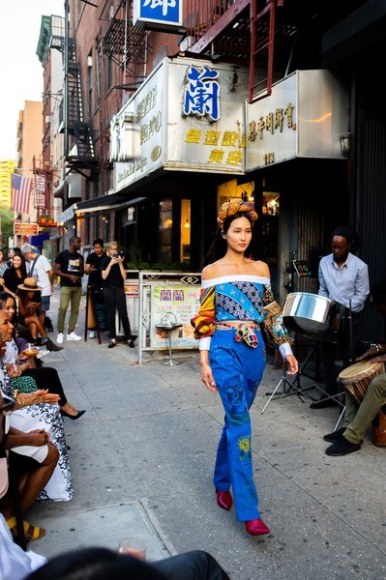 With the ‘bacchanal’ and whimsical beauty of carnival costumes showcased at the West Indian Day Parade celebrations still poignant on the streets in Brooklyn, Michelene Auguste, the Trinidadian model and owner of Dem Vintage, staged a unique sidewalk runway show Tuesday evening just parallel to the bridge in Chinatown. Michelene said, “A lot of my friends are Caribbean, so they were at all the parties,” who skipped the annual Labor Day festivities to focus on bringing Dem’s runway ambitions to life. “They were all asking me, ‘Are you coming out?’” Various designers from Trinidad & Tobago were invited for the show. Favourite looks from the event, which was held guerilla-style on the sidewalk environment included a billowing, black feathered evening dressing from Claudia Pegus, Anya Ayoung-Chee’s wax-print pants and crop tops, and handmade jewelry from Coco Vintage Jewelry, all of which was mixed and matched with clutch vintage finds from the shop—think Roberto Cavalli animal-print denim from the ’90s and ’80s kitten heels. “At first when we were styling the show, we thought that every look was doing a little too much,” Auguste said laughing. “But that’s how I grew up! I wanted to stay true to my culture and show a mix of the NYC-downtown look, and that you can mix these prints in so many ways.” Part of a limited-edition capsule of her own, the hand-painted workwear pants and silk dresses were created with the help of Auguste’s partner, artist Jordan Sullivan. Beaming with satisfaction from the curb-side front row was Gabrielle Elizabeth Roth, Auguste’s mother who flew in from Trinidad to support her daughter. “From a young child, she showed an interest in fashion,” Roth said. “She was always dressing in my clothes and walking in my shoes.” The show’s soundtrack, utilised the island sound of the steelpan musician, Kareem Thompson, who frequently pops up at Dem for sidewalk sets. The ‘vibes’ were proudly evident, with models dancing along the impromptu runway. Friends and family were grooving to the rhythms, spilling out onto the streets as they we served delicious coconut rum cocktails. The entire scene felt closer to a Trinidadian ‘lime’ (local parlance for a hanging out/gathering) than your traditional fashion soirée, where editors and buyers typically rush on to the next event on their jam-packed agendas. With its relaxed pace and convivial energy, Dem injected a spectacular island breeziness within the idea of the show. Source: IZZS September 2019 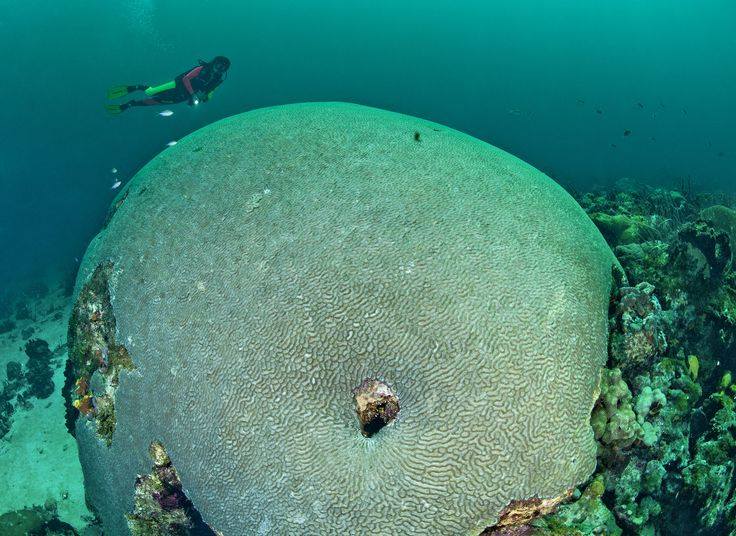 Did you know that Tobago is home to the largest recorded single brain coral found in the world! (10ft/3m high by 16ft/5.3m across). In Kelleston Drain, a well known scuba dive site, just south of Little Tobago, lives a brain coral colony that has been growing undisturbed for centuries. The coral is nestled at the edge of a reef slope, about 55ft(17.5M) deep which is also a habitat for - nurse sharks, moray eels, manta rays, barracudas, sea sponges and other forms of coral colonies. This giant individual coral is made up of millions of tiny polyps that feed mainly at night by extending their tentacles. Corals are very fragile, so divers are warned to be very careful and never to touch any corals as even minor scrapes from fins or tanks can destroy the structure of the coral polyps, which in some cases can cause serious infections and leave ugly scars. #TrinidadandTobago #Trinidad #TobagoBookings #Caribbean #Coral #BrainCoral#ScubaDiving #Diving MICHELENE AUGUSTE, IMG (International Management Group) model and now entrepreneur, recently threw open the doors of her Dem Golden Heritage Vintage Boutique in New York City and is excited about making her a name for herself in the fashion industry through her new venture.
Auguste is the daughter of Gabrielle Ahye who was a top TT model and flight attendant, and television engineer Grantley Auguste. She is also the granddaughter of late dancer and teacher, Iya L’Orisha Molly Ahye. Auguste lauded her family support for Dem, her short name for her travel inspired vintage boutique. She said: “My family has played a big role in my career. They keep me grounded. They are my biggest supporters. They inspire me to go after everything I want. My grandmother was a cultural icon in Trinidad, and my mother is and has always been my idol. Having these strong women to look up to has made me fearless.” She added, her boyfriend and artist Jordan Sullivan has also been a big supporter of her journey. “He’s opened me up to a lot of the art world over the years and continues to inspire me daily,” she said. Her boutique is situated in the lower Eastside Manhattan, 113 Division Street ans since opening, she said, the flow has been great. Its visitors are attracted to either the music, the art, and/or are just generally interested in what it even is. Auguste mainly sells vintage pieces or new pieces crafted from vintage material. “I have pieces from Trinidadian makers Anya Ayoung Chee, jewellery by Willow and Oak, prints from Che Love Lace, Brendan Delzin and books by Various Caribbean authors. I also collaborated with Jordan on some painted pieces for the store,” said Auguste. She said she sourced her store items from everywhere. “As a model I’ve travelled a lot and whenever I go somewhere I look for vintage....throughout Europe, America, the Middle East.” Auguste had always dreamt of a vintage Caribbean concept store. She had been selling vintage pieces for about three years online before opening the store. Seeing the abundance of talent the Caribbean possessed, she felt she had to create a platform to showcase that to the world. “When I left Trinidad I entered this fashion world that I couldn’t relate to. I didn’t do any research because I thought I should just be myself and that would allow me to shine. I showed up the first day to my agency in a purple turtle neck and a yellow cardigan. I thought I was in fashion. I was told to head to American Apparel for a white tee and black jeans. After that my agency made me come in before every casting to make sure I was dressed appropriately. I quickly learned that I had to adapt and follow suit. At the same time, when I didn’t have to be on as a model, I was finding my personal style. I knew I wanted to keep my heritage with me. I say all of this because Dem is something that I was craving when I first left Trinidad. I wanted to see African things, Caribbean things, Caribbean creatives.” Over the course of her modelling career, she has worked for such brands as Issey Miyake, Harrods, Louis Vuitton, DKNY, Duro Olowu, Maybeline, Nars and Google after first being scouted by IMG Models at Caribbean Fashion week Jamaica. IMG Models is an international modelling agency operating in New York City, Los Angeles, London, Paris, Milan, and Sydney. At an early age, Auguste had a love for fashion. “Before I was scouted I wanted to study fashion design. I put that on hold to model, which in turn became an education. “The modelling world has helped me learn the ins and outs of the fashion industry. While modelling I started collecting vintage from all over the world. Soon after I opened my online vintage shop. I love the process of finding vintage clothes, the hunt, and the stories that can be told through clothes. The idea of storytelling is what lead me to open a physical space for Dem. I love curating the store and mixing in pieces of my history and my culture. In this way Dem is a self-portrait and more of an art project or an installation than just a vintage store. I have a deep connection to everything I find and sell. It’s always about the journey and the story.” Auguste says Dem targets everybody. “We are all connected. Everything and everyone has a history, and I want to highlight that through the store.” As for her immediate goal, she said it is to continue to grow Dem and to share her culture and her story with the world, while her ultimate goal would be to design a sustainable clothing line, using all vintage and recycled fabrics. Source: Newsday, August 2019 This book shop hut on a drive through Manzanilla run by Ishmael Samad - books + the ocean. So much interest was shown that her now has his own Facebook page
https://www.facebook.com/The-Book-Junkie-Manzanilla-347420562587563/ For more click on this link
or copy and paste this URL : https://www.marieclaire.co.uk/life/travel/tobago-eco-holiday-destination-652967?fbclid=IwAR1fQrWD1Y8A2RW9EaFn09Zjk9t9oBJWh8Kv3IwsYusdRr8x2rI34DqxF5g Click on this link for full list of activities for the Canada Day weekend, or copy and post this URL into your browser
https://www.canada.ca/en/canadian-heritage/campaigns/canada-day/calendar.html Mansa Musa travelled to Mecca with a caravan of 60,000 men and 12,000 slaves Amazon founder Jeff Bezos is the richest man in the world, according to the 2019 Forbes billionaires' list released this week. With an estimated fortune of $131bn (£99bn) he is the wealthiest man in modern history. But he is by no means the richest man of all time. That title belongs to Mansa Musa, the 14th Century West African ruler who was so rich his generous handouts wrecked an entire country's economy. "Contemporary accounts of Musa's wealth are so breathless that it's almost impossible to get a sense of just how wealthy and powerful he truly was," Rudolph Butch Ware, associate professor of history at the University of California, told the BBC. Mansa Musa was "richer than anyone could describe", Jacob Davidson wrote about the African king for Money.com in 2015. In 2012, US website Celebrity Net Worth estimated his wealth at $400bn, but economic historians agree that his wealth is impossible to pin down to a number. The 10 richest men of all time
The golden kingMansa Musa was born in 1280 into a family of rulers. His brother, Mansa Abu-Bakr, ruled the empire until 1312, when he abdicated to go on an expedition. According to 14th Century Syrian historian Shibab al-Umari, Abu-Bakr was obsessed with the Atlantic Ocean and what lay beyond it. He reportedly embarked on an expedition with a fleet of 2,000 ships and thousands of men, women and slaves. They sailed off, never to return. Some, like the late American historian Ivan Van Sertima, entertain the idea that they reached South America. But there is no evidence of this. In any case, Mansa Musa inherited the kingdom he left behind. Under his rule, the kingdom of Mali grew significantly. He annexed 24 cities, including Timbuktu. The kingdom stretched for about 2,000 miles, from the Atlantic Ocean all the way to modern-day Niger, taking in parts of what are now Senegal, Mauritania, Mali, Burkina Faso, Niger, The Gambia, Guinea-Bissau, Guinea and Ivory Coast. With such a large land mass came great resources such as gold and salt.
During the reign of Mansa Musa, the empire of Mali accounted for almost half of the Old World's gold, according to the British Museum. And all of it belonged to the king. "As the ruler, Mansa Musa had almost unlimited access to the most highly valued source of wealth in the medieval world," Kathleen Bickford Berzock, who specializes in African art at the Block Museum of Art at the Northwestern University, told the BBC. "Major trading centres that traded in gold and other goods were also in his territory, and he garnered wealth from this trade," she added. The journey to MeccaThough the empire of Mali was home to so much gold, the kingdom itself was not well known. This changed when Mansa Musa, a devout Muslim, decided to go on a pilgrimage to Mecca, passing through the Sahara Desert and Egypt. The king reportedly left Mali with a caravan of 60,000 men. He took his entire royal court and officials, soldiers, griots (entertainers), merchants, camel drivers and 12,000 slaves, as well as a long train of goats and sheep for food. It was a city moving through the desert. A city whose inhabitants, all the way down to the slaves, were clad in gold brocade and finest Persian silk. A hundred camels were in tow, each camel carrying hundreds of pounds of pure gold. It was a sight to behold. And the sight got even more opulent once the caravan reached Cairo, where they could really show off their wealth. The Cairo gold crashMansa Musa left such a memorable impression on Cairo that al-Umari, who visited the city 12 years after the Malian king, recounted how highly the people of Cairo were speaking of him. So lavishly did he hand out gold in Cairo that his three-month stay caused the price of gold to plummet in the region for 10 years, wrecking the economy. US-based technology company SmartAsset.com estimates that due to the depreciation of gold, Mansa Musa's pilgrimage led to about $1.5bn (£1.1bn) of economic losses across the Middle East. On his way back home, Mansa Musa passed through Egypt again, and according to some, tried to help the country's economy by removing some of the gold from circulation by borrowing it back at extortionate interest rates from Egyptian lenders. Others say he spent so much that he ran out of gold. Lucy Duran of the School of African and Oriental Studies in London notes that Malian griots, who are singing historian storytellers, in particular, were upset with him. "He gave out so much Malian gold along the way that jelis [griots] don't like to praise him in their songs because they think he wasted local resources outside the empire," she said. Education at heartThere is no doubt that Mansa Musa spent, or wasted, a lot of gold during his pilgrimage. But it was this excessive generosity that also caught the eyes of the world. Mansa Musa had put Mali and himself on the map, quite literally. In a Catalan Atlas map from 1375, a drawing of an African king sits on a golden throne atop Timbuktu, holding a piece of gold in his hand. Timbuktu became an African El Dorado and people came from near and far to have a glimpse. In the 19th Century, it still had a mythical status as a lost city of gold at the edge of the world, a beacon for both European fortune hunters and explorers, and this was largely down to the exploits of Mansa Musa 500 years earlier. Mansa Musa returned from Mecca with several Islamic scholars, including direct descendants of the prophet Muhammad and an Andalusian poet and architect by the name of Abu Es Haq es Saheli, who is widely credited with designing the famous Djinguereber mosque. The king reportedly paid the poet 200 kg (440lb) in gold, which in today's money would be $8.2m (£6.3m). In addition to encouraging the arts and architecture, he also funded literature and built schools, libraries and mosques. Timbuktu soon became a centre of education and people travelled from around the world to study at what would become the Sankore University. The rich king is often credited with starting the tradition of education in West Africa, although the story of his empire largely remains little known outside West Africa. "History is written by victors," according to Britain's World War II Prime Minister Winston Churchill. After Mansa Musa died in 1337, aged 57, the empire was inherited by his sons who could not hold the empire together. The smaller states broke off and the empire crumbled. The later arrival of Europeans in the region was the final nail in the empire's coffin. "The history of the medieval period is still largely seen only as a Western history," says Lisa Corrin Graziose, director of the Block Museum of Art, explaining why the story of Mansa Musa is not widely known. "Had Europeans arrived in significant numbers in Musa's time, with Mali at the height of its military and economic power instead of a couple hundred years later, things almost certainly would have been different," says Mr Ware. Source: BBC News, March 2019 |
T&T news blogThe intent of this blog is to bring some news from home and other fun items. If you enjoy what you read, please leave us a comment.. Archives
May 2025
Categories
All
|


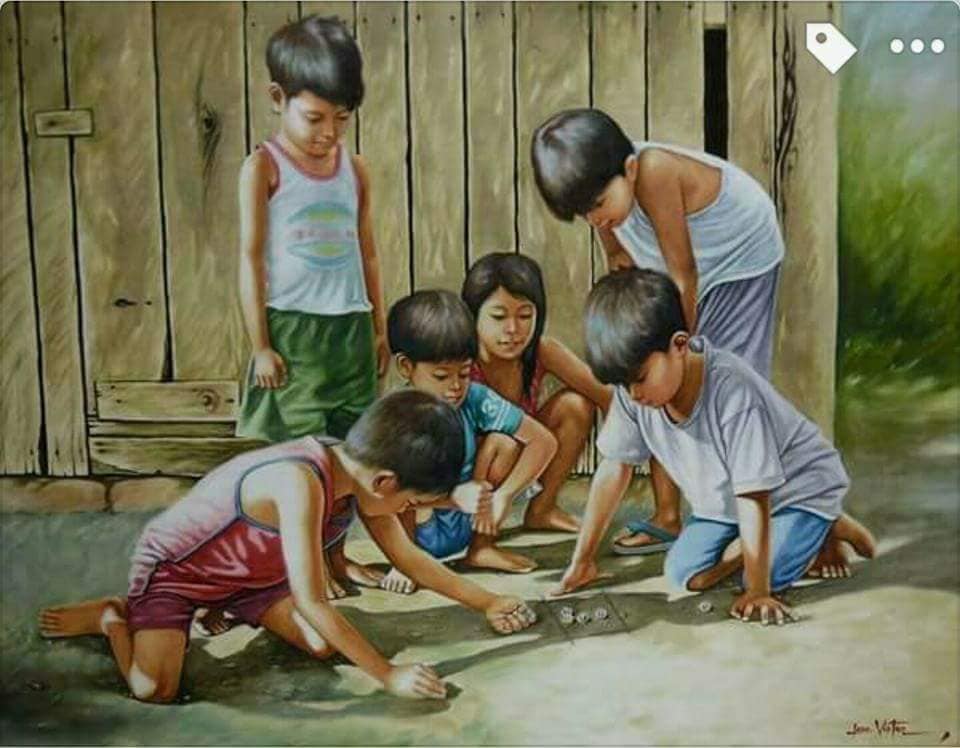
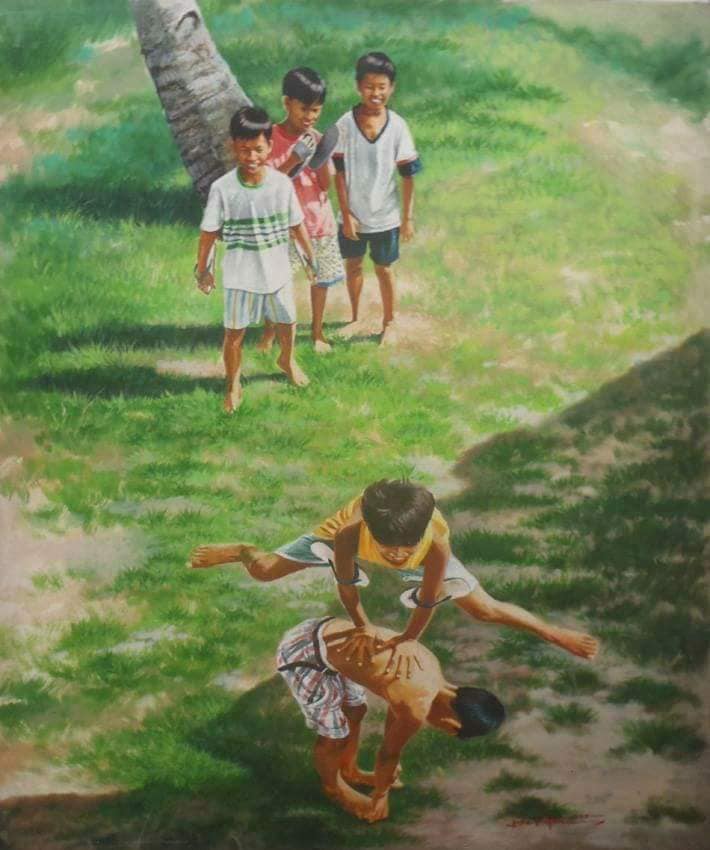
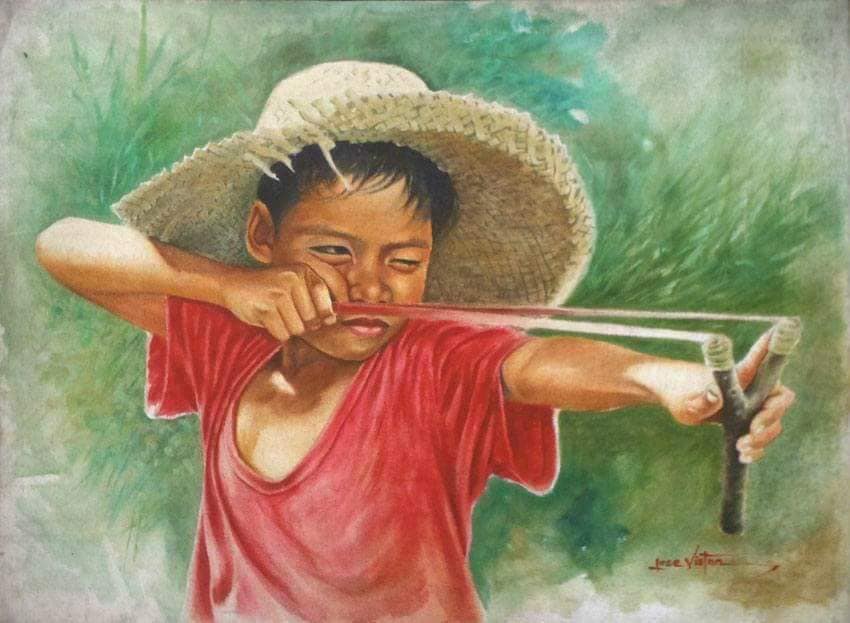
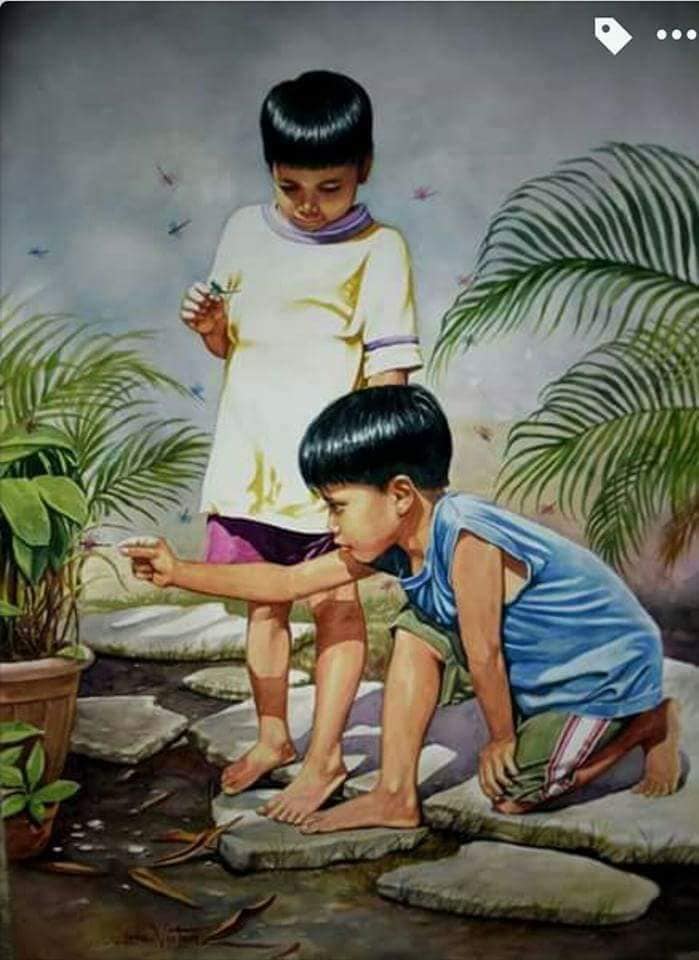
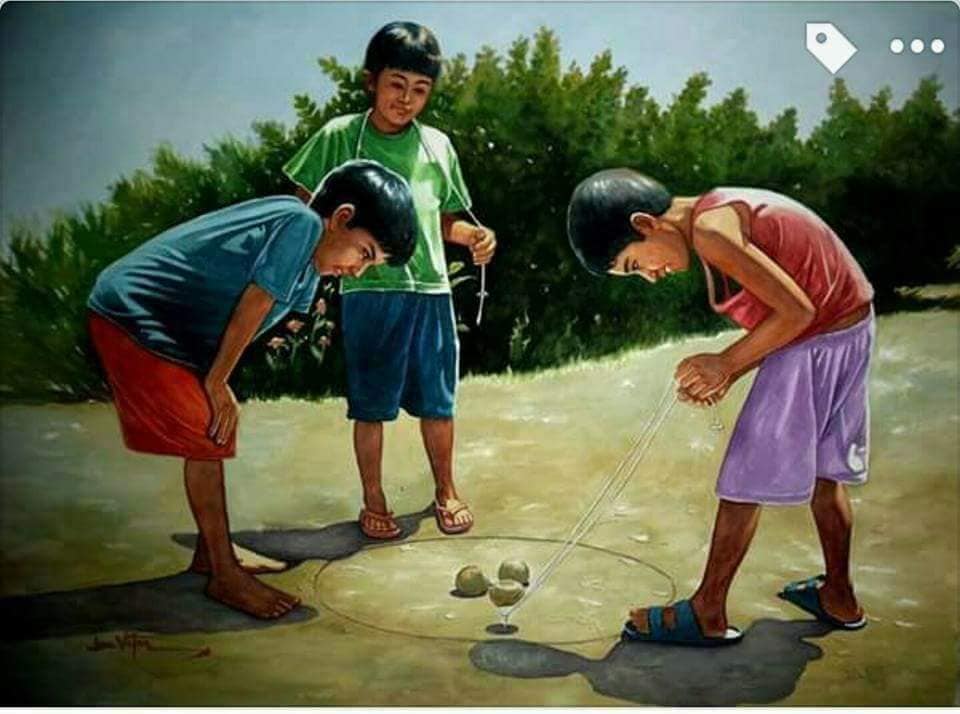


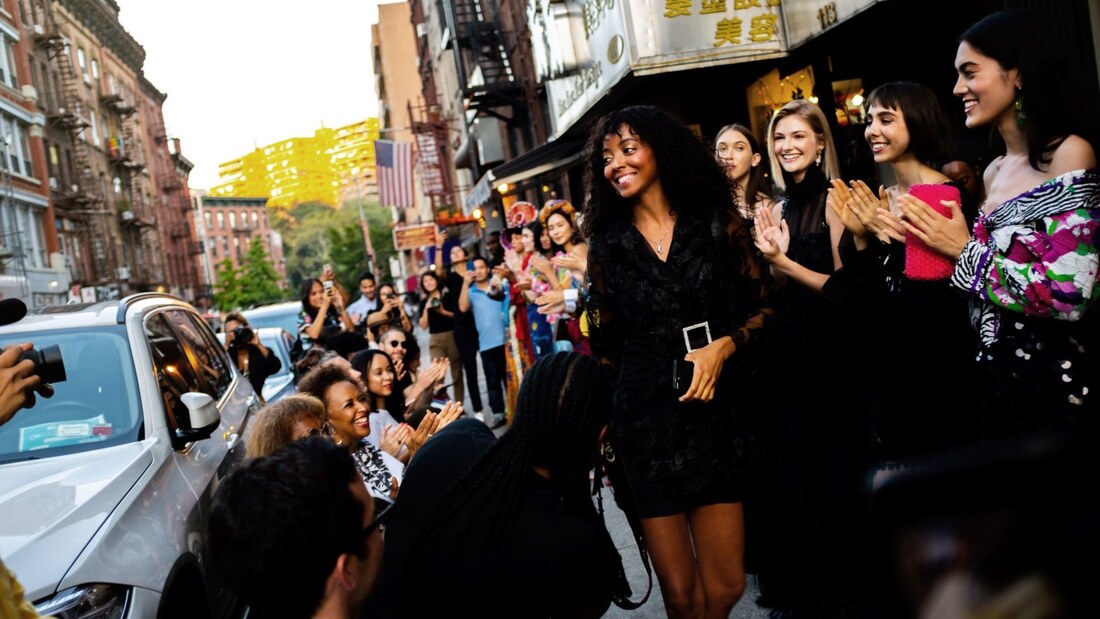

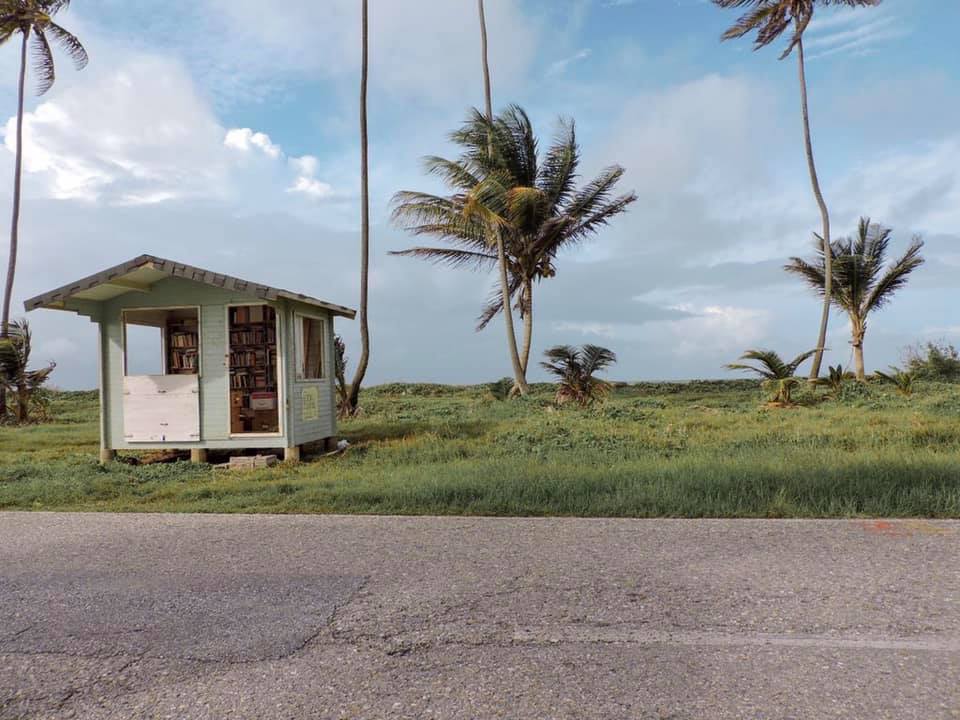
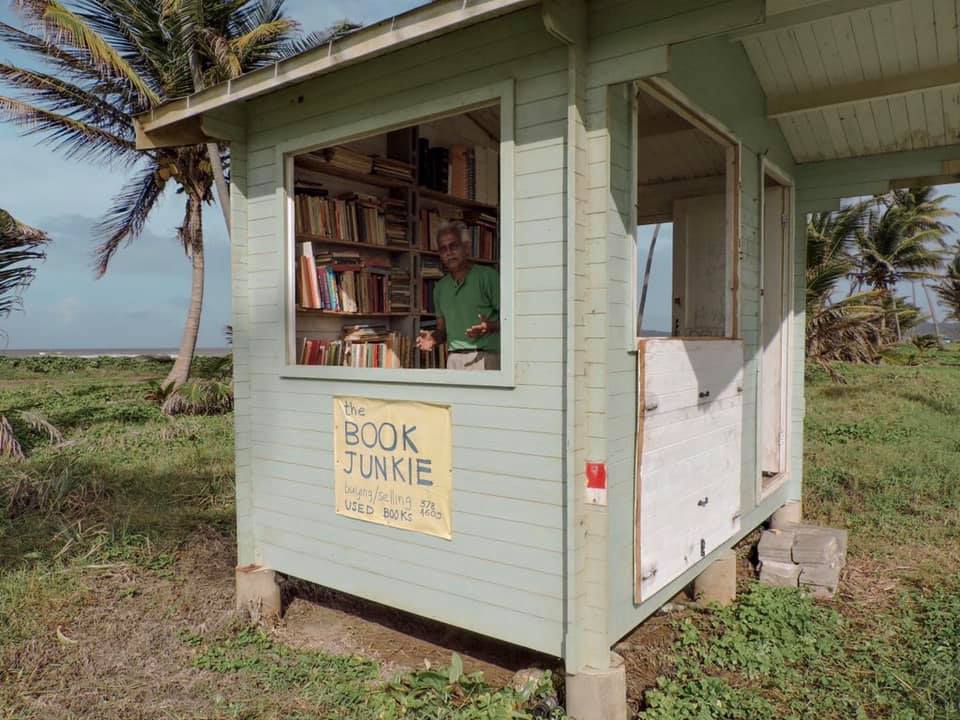
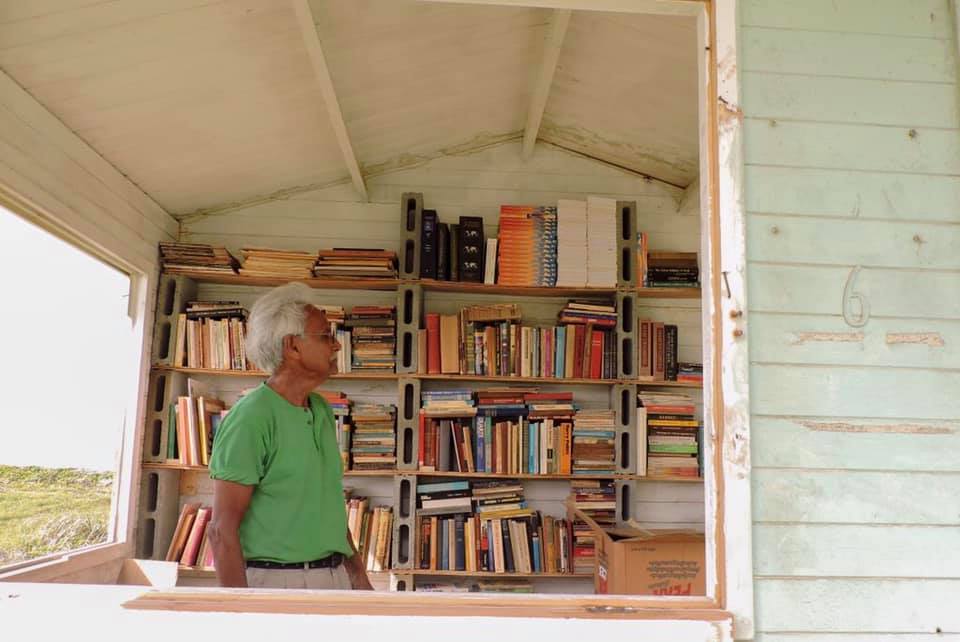
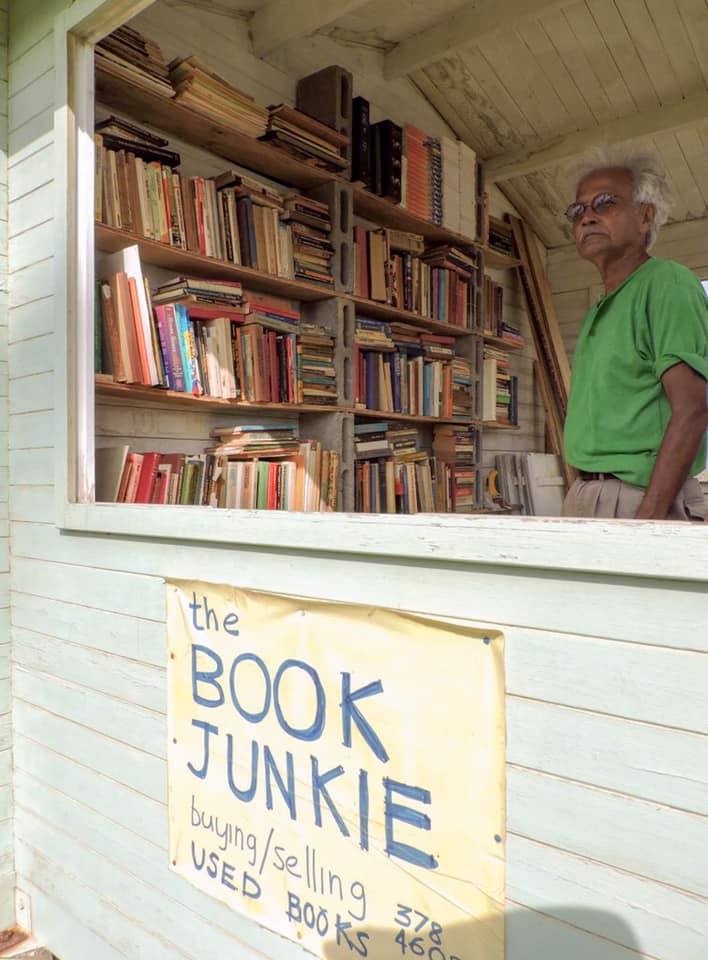
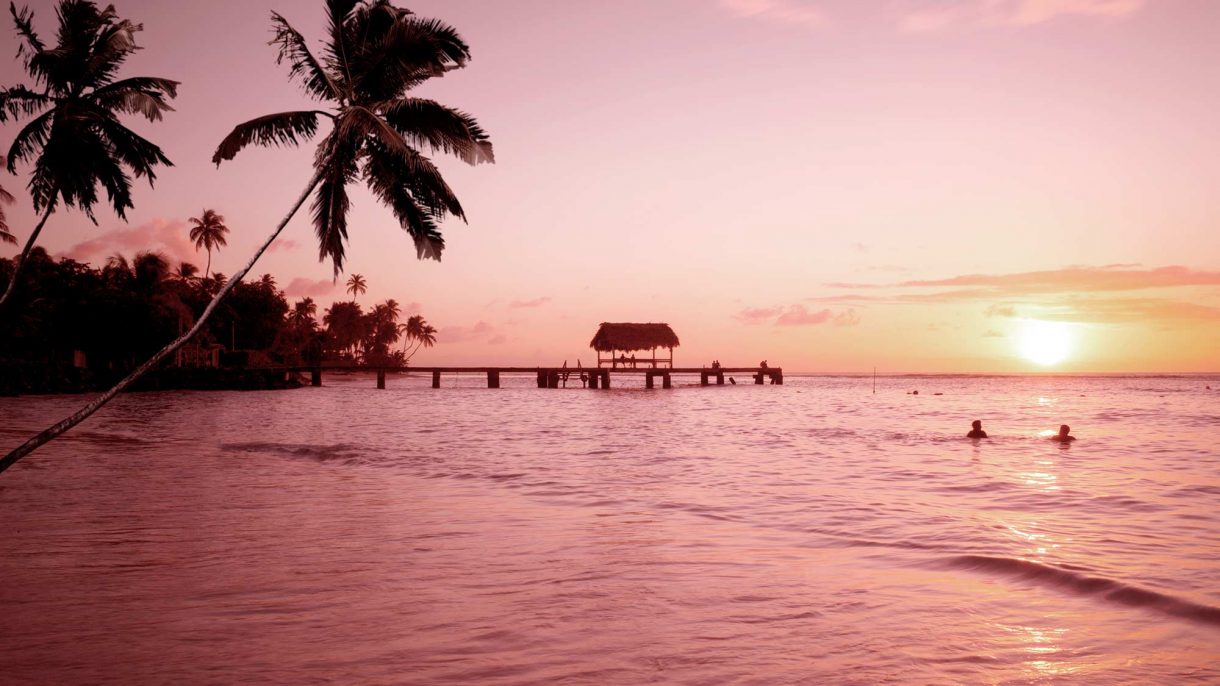

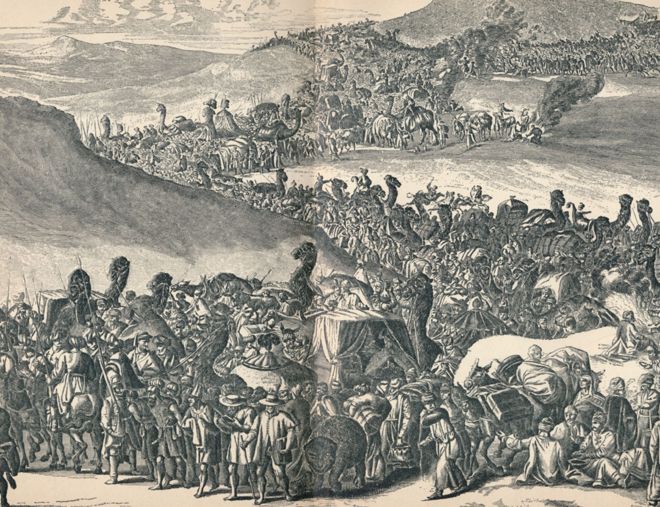
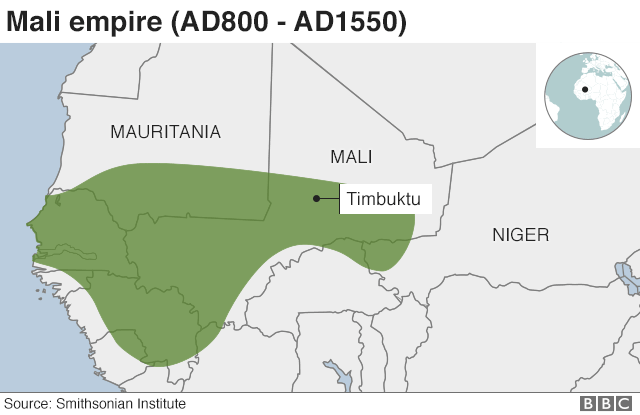

 RSS Feed
RSS Feed